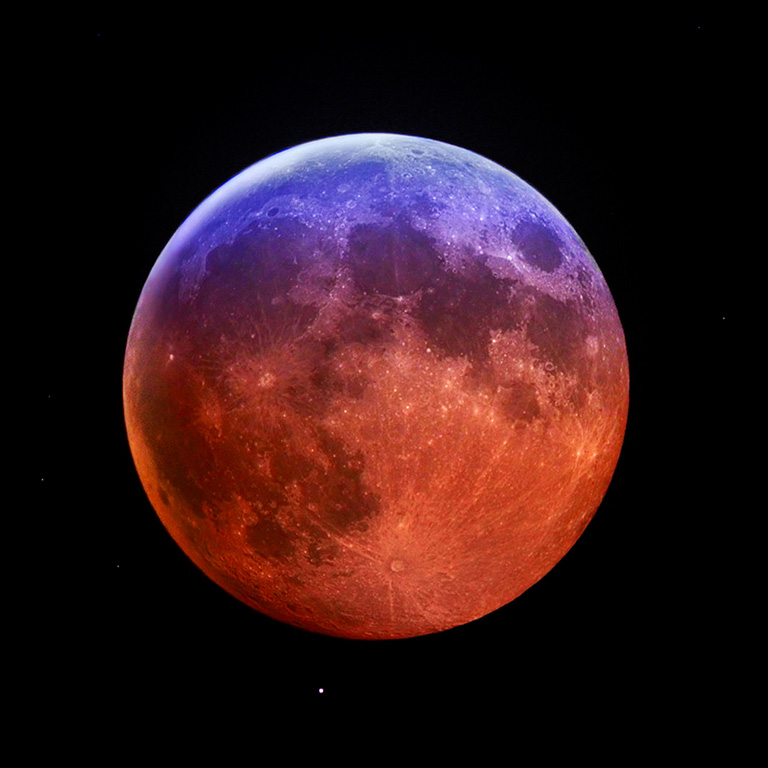March brings more exciting nighttime wonders!
Mercury will be furthest from the sun - and highest above the horizon, on March 8. It will visible shortly after sunset in the western sky, After March 8, Mercury will move closer to the sun in the evening sky and become harder to see.
Venus is moving nearer to the sun in the sky, and will be too close to the sun to see by the third week of the month. By the end of March, Venus will reappear it the morning, rising before the sun.
In the middle of March, enjoy a lunar eclipse as the full moon passes through Earth’s shadow. The period of total eclipse from 2:26 AM EDT until 3:31 AM EDT on the morning of March 14, but the partial phases through the shadow’s penumbra extend from 11:57 PM EDT, March 13 through 6 AM EDT on March 14. During totality the moon will appear reddish, because the sunlight reaching the moon has to skim through a lot of Earth’s atmosphere to reach the moon. Blue light is scattered in many directions while red light mostly passes through.
Saturn’s famous rings will appear to disappear, becoming nearly invisible on March 23. The orientation of the rings around Saturn is tipped a bit, so that twice during Saturn’s 30-year trip around the sun we see the rings perfectly edge-on. The rings are so thin that they won’t be visible. The next ring crossing won’t be until 2038.
Mars will be high in the east at sunset and visible all night. Look toward Gemini to find the red planet. Mars is falling behind Earth as we circle the sun, and becoming fainter in the evening sky.
Along with Mars, Jupiter will dominate March’s evening sky. The giant planet will be easy to spot in Taurus, but will set by 1 AM at the end of the month.
Astronomers also expecting to see a naked-eye nova sometime soon, perhaps in the next six months. The star T Corona Borealis, normally too faint to see at 10th magnitude, undergoes a nova explosion approximately every 80 years, and last exploded in 1946. Astronomers have been watching it closely for signs of an eruption, and it looks imminent. When it brightens, it could reach third, or even second magnitude for a few days.
And don’t forget that Daylight Savings Time begins on March 9. Spring forward!


 The College of Arts
The College of Arts